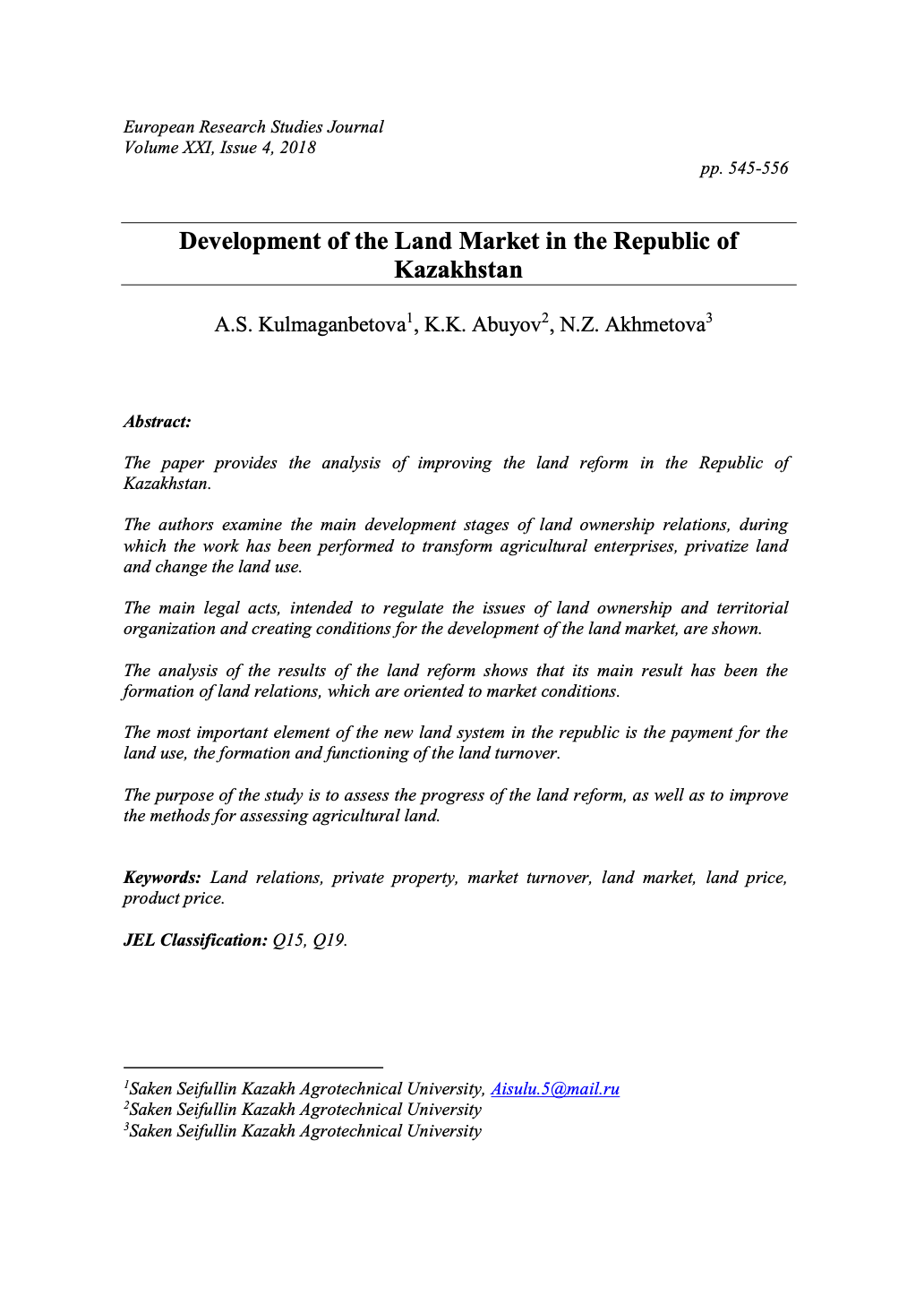Identifying hotspots in land use land cover change and the drivers in a semi-arid region of India
This in-depth study quantifies the spatio-temporal long-term land use/land cover change (LUCC) in the Mula Pravara river basin, and uncovers major drivers of these changes. The river basin is located in a semi-arid region of Maharashtra state, India. The study demonstrates the advantages of using satellite remote-sensing techniques to monitor LUCC, which is useful for predicting future land use development and for providing evidence to underpin adaptation strategies.



